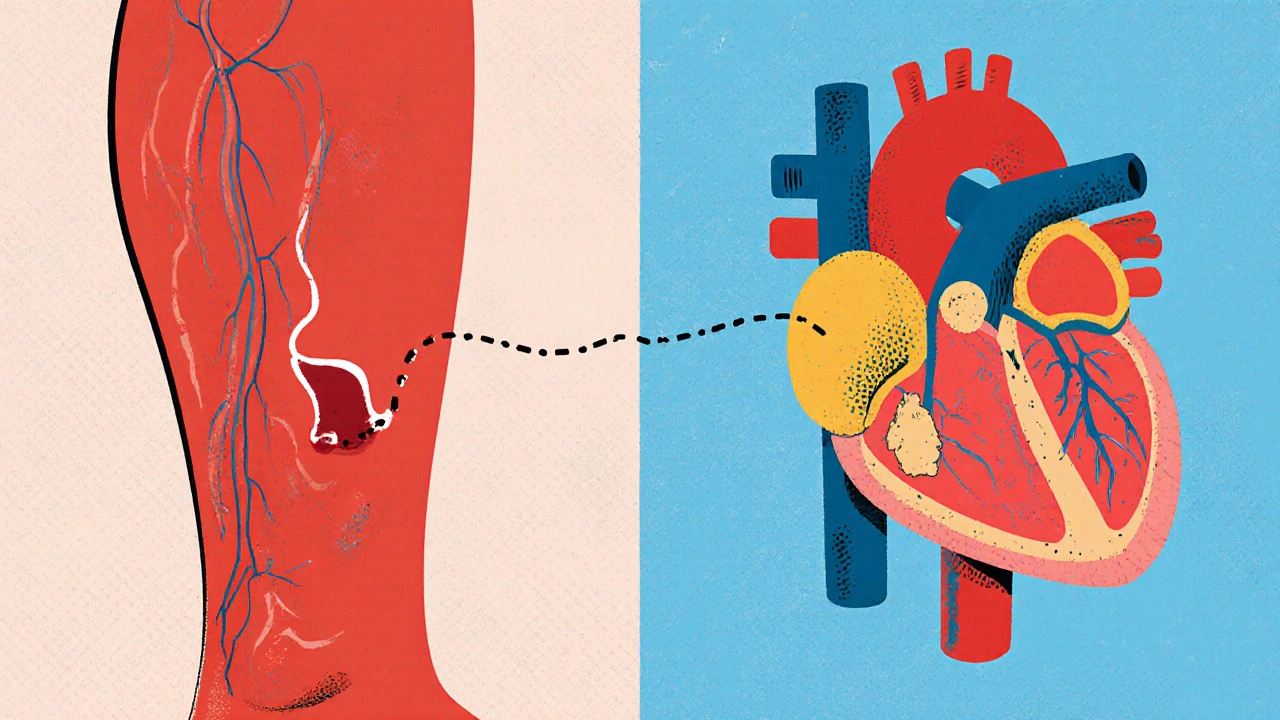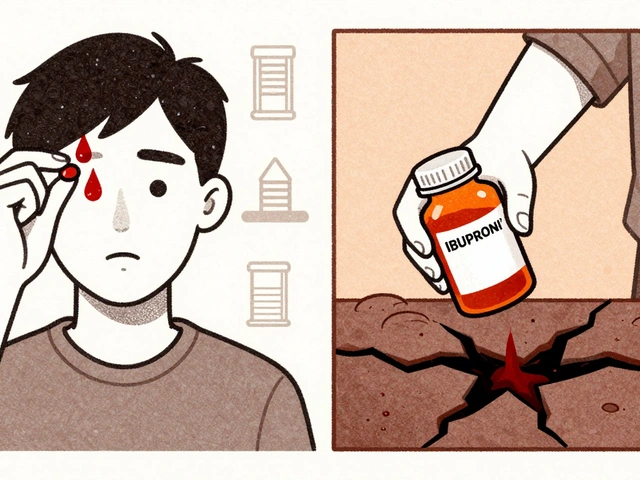Blood Clot Risk: What Causes It and How to Stay Safe
When your blood forms a clot where it shouldn’t, that’s blood clot risk, the chance that abnormal clots form inside veins or arteries and block blood flow. Also known as thrombosis, it’s not just a concern for older adults—it can hit anyone, even young people who sit too long or take certain medications. A clot in your leg (called deep vein thrombosis, a clot forming in a deep vein, usually in the leg) can break loose and travel to your lungs, causing a pulmonary embolism, a life-threatening blockage in the lung arteries. These aren’t rare events. Every year, hundreds of thousands of people in the U.S. alone are hospitalized because of them.
What pushes someone into this danger zone? Sitting for hours on a plane or after surgery. Taking birth control pills or hormone therapy. Being overweight or smoking. Even some genetic traits make your blood more likely to clot. Certain drugs, like steroids or some antibiotics, can raise the risk too. And when you mix things—like NSAIDs with steroids, or sedatives with alcohol—you’re not just adding risks, you’re multiplying them. The posts here cover real cases: how Tadalista Super Active might affect circulation, why dipyridamole helps diabetics avoid clots, and how smoking directly damages blood vessels to make clots more likely. These aren’t theoretical warnings. They’re patterns seen in real patients.
You don’t need to live in fear, but you do need to know your triggers. If you’ve had a clot before, your risk stays higher. If you’re on long-term meds like anticoagulants, you need to understand how they interact with other drugs. That’s why the guides here don’t just list side effects—they show you how one medication can change the game for another. Whether it’s how NSAIDs and steroids team up to cause bleeding, or how sedatives slow your breathing to dangerous levels, the connections matter. The goal isn’t to scare you—it’s to help you ask the right questions before you take that next pill or sit through another long flight.
Below, you’ll find real comparisons and warnings from people who’ve been there. No guesses. No marketing. Just clear, practical info on how blood clot risk shows up in everyday meds, lifestyle choices, and health conditions—and what you can actually do about it.

- Oct 19, 2025
- Posted by Cillian Osterfield
Deep Vein Thrombosis and Heart Disease: How They’re Linked
Explore how deep vein thrombosis and heart disease are linked, shared risk factors, diagnosis overlap, and prevention tips to protect both veins and arteries.
Categories
- Health and Wellness (57)
- Medications (38)
- Health and Medicine (22)
- Pharmacy Services (10)
- Mental Health (5)
- Health and Career (2)
- Medical Research (2)
- Business and Finance (2)
- Health Information (1)
Latest Posts
©2025 heydoctor.su. All rights reserved




